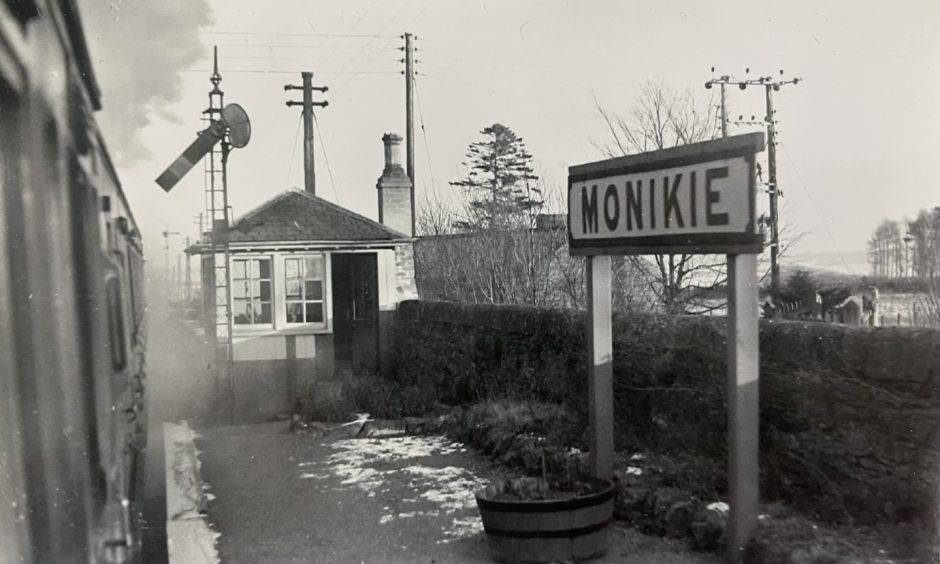
The village of Monikie grew up around the railway station before the trains vanished and the old lines fell silent.
During its heyday the station was the stop-off point for “picnic specials” to what is now called Monikie Country Park.
The station entrance was practically opposite the entrance.
Before the arrival of the railway very few people lived there.
It’s hard to overstate the impact the burgeoning new industry had on the parish.
The railway came to Monikie with the opening of the Dundee and Forfar Direct Railway.
The planning and building of the branch line proved an immense task.
Scores of labourers were needed.
Monikie station plan was refused at first
The first official goods train came up the newly completed line in August 1870.
Journeys on the 17-mile stretch took one hour and five minutes and included three stations at Kingennie, Kirkbuddo and Kingsmuir.
The Courier explained why there was no stopping place at Monikie.
The Caledonian Railway wanted to build a station between Kingennie and Kirkbuddo at Monikie, which was “absolutely refused” by Dundee Water Company.
It allowed people much more freedom of movement and at the same time, enabled the farming industry and trade in general to develop and compete in a growing industrial Scotland.”
The late Reverend Douglas Chisholm on the railway
They raised concerns about potential contamination of the drinking water supply.
The provision of passenger services relied on a positive verdict from Captain Henry Tyler of the Board of Trade, who visited in October 1870.
He was unhappy on a number of counts, particularly with the signalling arrangements and two bridges which needed to be strengthened.
Recommendations were carried out and passenger services started on November 14, which saw three trains going each way on the timetable.
In 1871, after a petition by the residents of Monikie, work started on a station in March of that year.
A satisfactory settlement was reached with Dundee Water Company.
The cost to build the station was £1,191 and it was finished later in the same year.
The villagers had more opportunities to travel further afield than ever before.
Minister mapped out railway’s history
The late Reverend Douglas Chisholm was the minister of Monikie Parish Church until 1983 and extensively researched the history of the parish.
He wrote The Monikie Story in 1982 and in his book he described how the coming of the railway led to the rise of the village.
He wrote: “It had three consequences.
“It opened up the parish in a new way.
“It allowed people much more freedom of movement and at the same time, enabled the farming industry and trade in general to develop and compete in a growing industrial Scotland.
“Secondly, it gave rise the village of Monikie.
“The sudden and rapid growth of the village about 1880 is only comparable with the mushroom growth of the Affleck-Broomwell housing estate in the 1970s.”
“Thirdly, it meant the working of the Broomwell Quarry from which the stone metal for the railway was taken.
“It also made possible the siting and building of the mill, which, with the railway on its doorstep, had easy access to the markets.”
A single platform and signal box stood at Monikie Station.
There was later a coal and oil store as well as a crane and a loading bay.
“Until the railway came, there were no houses around, except for Broomwell Farm, its 60 acres being farmed by John McKay who died in 1877,” he wrote.
“Thus, in all by 1881, there were 18 houses in Monikie village and by 1891, this figure had risen to 22 houses.
“In less than 20 years, the village had come into being round the railway, a visible reminder of the Victorian Age.”
There were eight trains a day in glory days
The station was the scene of many family welcomes and partings, including a great many Monikie men leaving to serve in the armed forces during the First World War.
In 1920 the siding at Monikie, previously used by the seed crushing plant, was used as a goods entrance to the newly-built Farina Mill.
The July 1922 edition of Bradshaw’s Railway Guide shows eight trains calling at Monikie between 7.20am and 9.17pm.
Eight trains left in the opposite direction for Dundee from 6.58am to 8.24pm.
Rev Chisholm said Monikie seemed to prosper.
He wrote: “In its heyday it was a busy one with a good number of passenger trains daily, some of them filled with commuters and schoolchildren to and from Dundee.
“Excursion trains regularly brought crowds to the waterworks for picnics.
“Cattle, grain, potatoes, timber and other goods comprised the freight, together
with coal for Sturrock, the coal merchants.”
Lucky escape at the station in 1926
The sleepy station was awakened on August 1926 when a serious fire was averted after a wooden carriage caught fire.
The Courier said four Forfar youths on their way to Dundee had a narrow escape when the roof of the wooden carriage was struck by a flying spark.
“The outbreak was discovered when the train was some distance beyond Kirkbuddo, but by that time the flames had got a considerable hold of the roof, and smoke poured into the carriage, with the result that the occupants had to throw open the windows in an effort to obtain fresh air,” it read.
“Half-suffocated by the smoke and alarmed by the flames, the youths pulled the communication cord.
“The train was stopped at Monikie Station where chemical extinguishers were successfully brought to bear on the outbreak .
“A few minutes after the train had resumed its journey the roof of the carriage again caught fire, and when Kingennie Station was reached the carriage was detached from the train.
“The outbreak caused considerable alarm throughout the train.”
Passenger services were withdrawn in 1955
The railway survived economic ups and down, two world wars and the advent of the motorcar before closure to passenger services in January 1955.
Angus was littered with the remains of closed stations after failing to beat off the more attractive and cheaper competition from buses.
The large flour mill at Monikie closed in 1961.
The last special excursion train went up and then down the line one sunny afternoon on October 7 1967 to mark the subsequent closure for freight.
An eerie silence descended upon mile after mile of what had once been a key transport corridor and the old tracks were ripped up for scrap.
A special Cub Scout service was held in Newbigging Church in 1975 to coincide with the national celebration of the 150th anniversary of the first passenger train at Stockton.
The story of the local line was recounted with illustrated slides and photographs.
Forfar was fully disconnected from the rail network in 1982.
Nowadays there is little sign that Monikie Station ever existed.
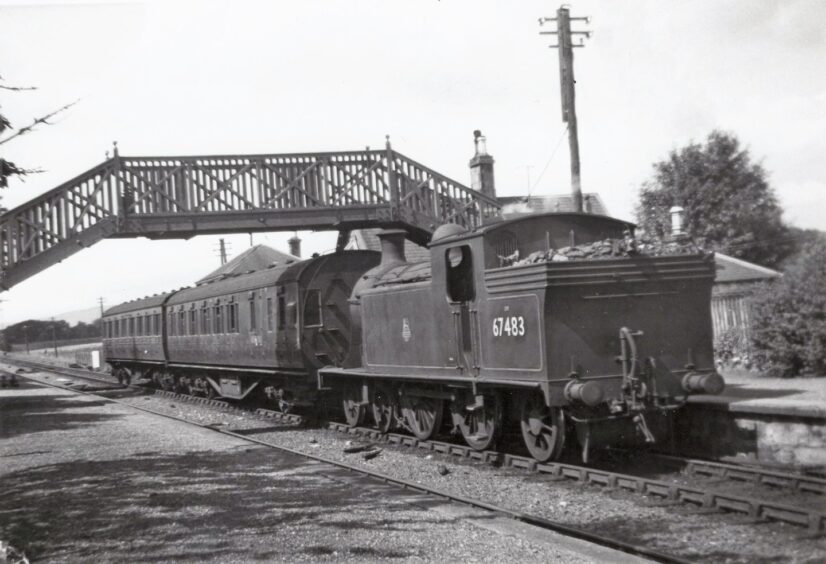
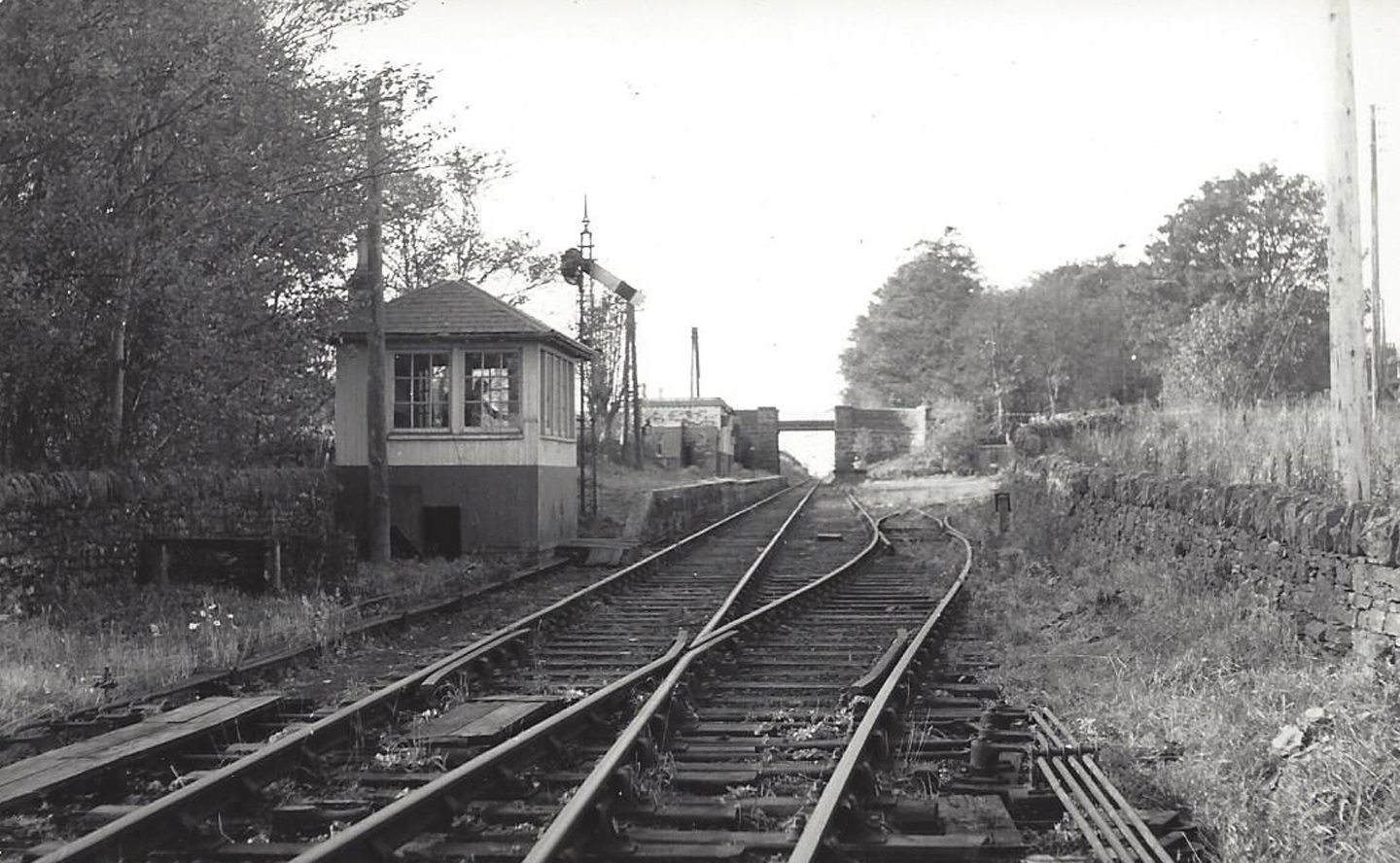
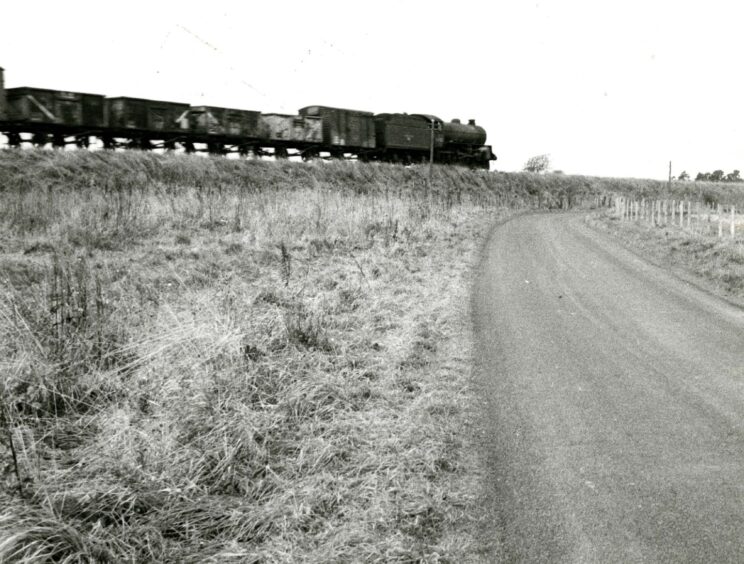
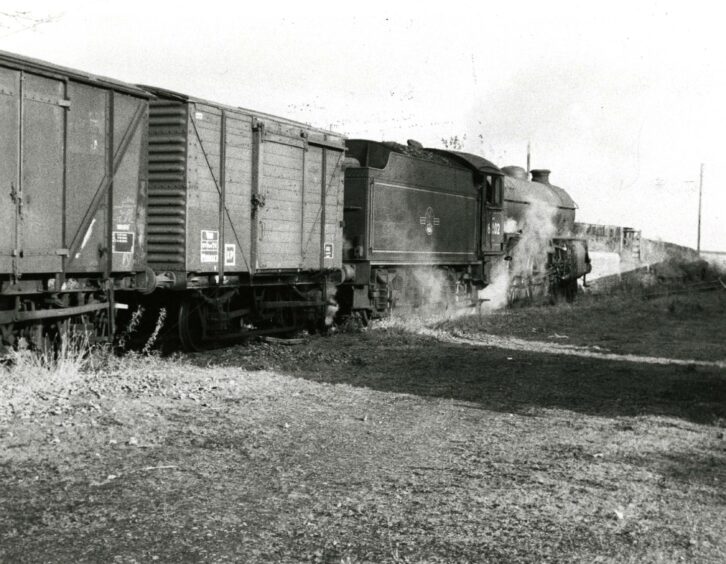
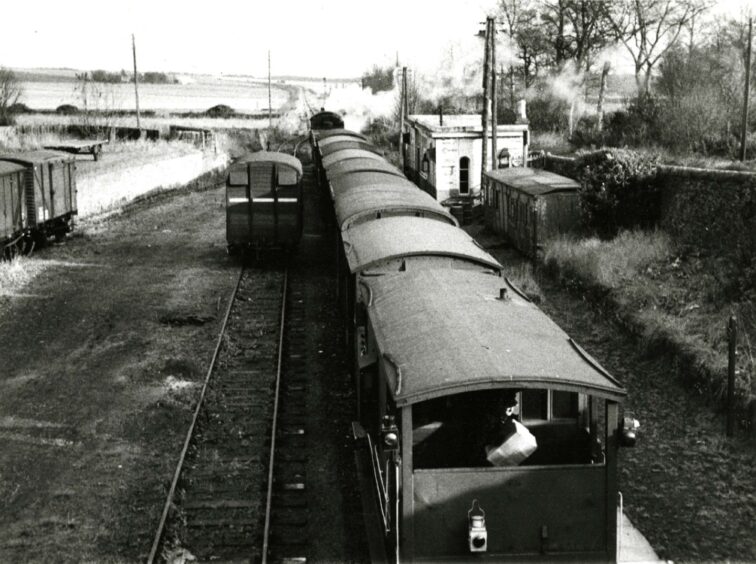
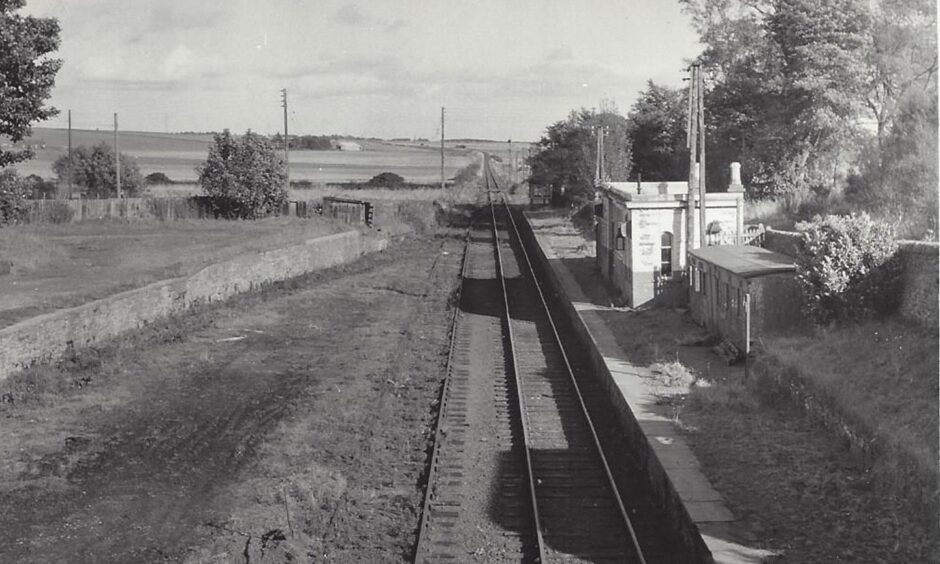










Conversation